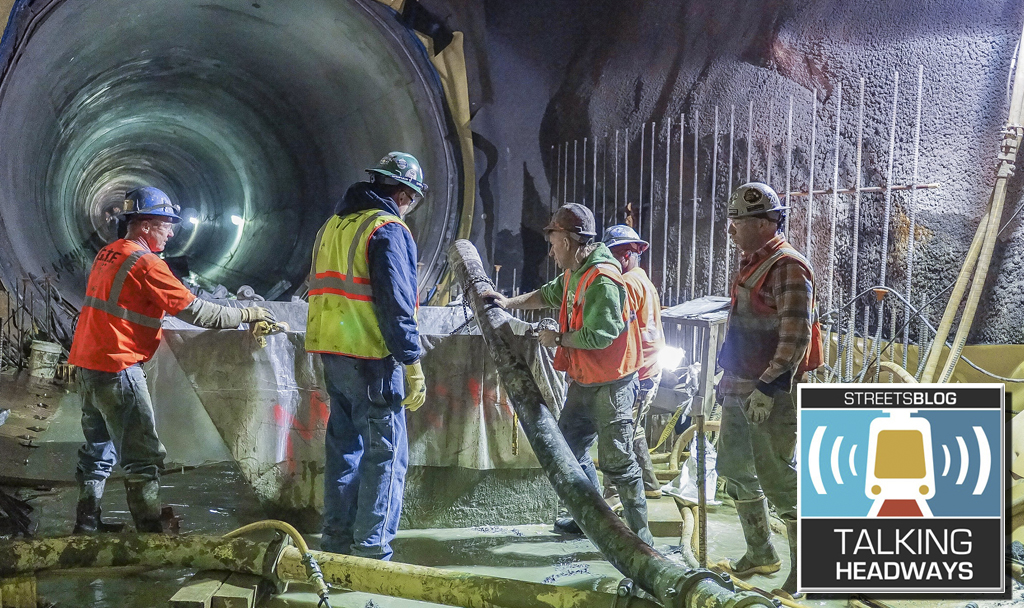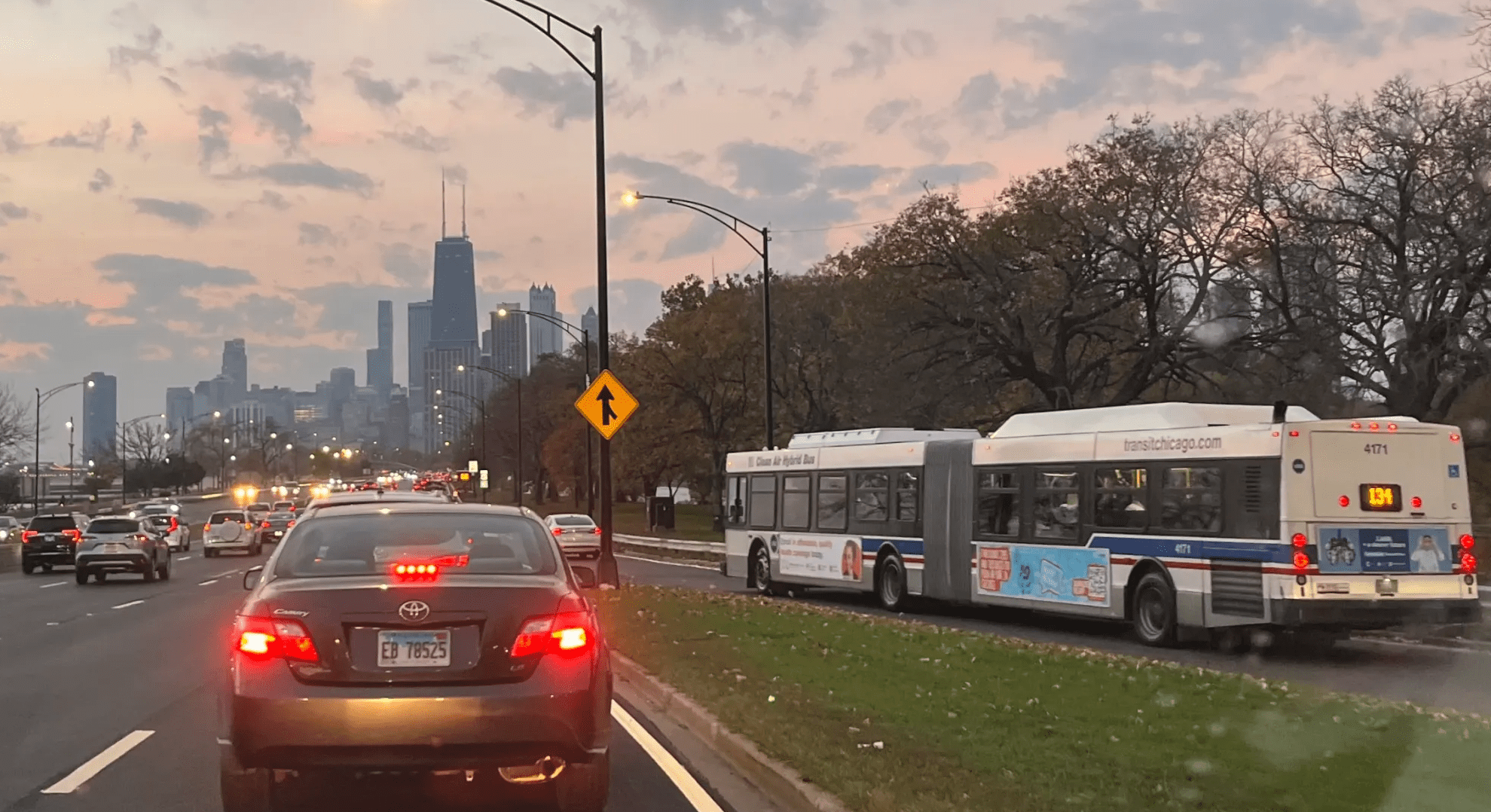
Image via League of American Bicyclists
Studies have long linked cycling safety to the number of cyclists on the street — the old safety-in-numbers maxim in action.
The latest evidence validating this phenomenon comes from chilly Minneapolis. In the mid-1990s, collisions involving cyclists peaked at 334, according to city data reported by the League of American Bicyclists. Since then, bike commuting has skyrocketed 174 percent. Meanwhile, the number of collisions has declined 20 percent to 269.
If that’s not enough to convince skeptics, LAB has a few more data points:
“People are so used to seeing bicyclists — love them or hate — and they don’t want to hit them,” Shaun Murphy, coordinator of the city’s non-motorized transportation program, told the Minneapolis-St. Paul Star Tribune. He also told the Tribune that the “hot spots” for bike-motorist accidents are not located around the University of Minnesota, where bicycling is common, because drivers there are so used to watching for bikes.
The data from Minneapolis are just the latest example of this counter-intuitive relationship between more bicycling and fewer crashes that has become known as the “safety in numbers” concept after the famous 2003 study from Peter Jacobsen. New York City has shown a similar trend (source: Transportation Alternatives). Also see this follow up work on Safety in Numbers in Australia.
The link between cycling volume and lower collision rates is the perfect response to the argument that the safety of cyclists shouldn’t be a priority because their numbers are few. Minneapolis has done as much or more than any Midwestern city to make cyclists comfortable and safe. Its efforts are paying off, with more people choosing a healthier way to get around, despite a less-than-ideal cycling climate.
Elsewhere on the Network today: The City Fix reports on a truly green laundry in Philadelphia that does its deliveries by bicycle. Walkable Dallas-Fort Worth illustrates how cars can drain vitality from a city, while pedestrians and cyclists enliven it. And Market Urbanism warns that rezoning in Jamaica, Queens should not to fall into the too-common trap of raising density without lifting minimum parking requirements.





